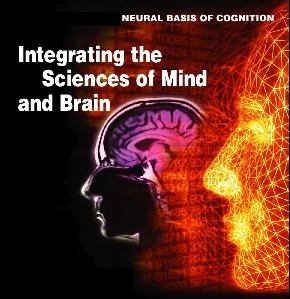|
|
Researchers at Carnegie Mellon University, in collaboration with researchers at multiple universities, including Johns Hopkins University, the University of Pittsburgh, the University of North Carolina are launching an inter-disciplinary collaborative research program in Biological and Machine Intelligence to study the neural mechanisms of visual intelligence and learning in the brain. The general objective is to develop new biologically inspired or constrained machine learning and artificial intelligence systems. Collaborative projects will involve the following five areas of research: (1) neurally constrained machine learning and vision theory, (2) computational vision and mathematical neural circuit modeling, (3) large-scale calcium imaging in mice, (4) large scale multi-electrode electrophysiology in primates, and (5) advanced neural big data analysis. The current research program is focused on the study of perceptual learning and inference mechanisms in the mammalian visual cortex in the theoretical framework of compositional theory and probabilistic graphical models. We are recruiting postdocs and graduate students with interests and/or experience in each of these five areas of effort. Current participating faculty in the research project include:
Applicants should have strong interest or background in neuroscience. Desired background and expertise include one or more of the following: neurophysiology, preferably with background in mice or primate experiments, computer science/engineering/physics with an interest or experience in modeling neural circuits, development of bio-inspired computer vision and machine learning systems, or application of statistical and machine learning techniques to large-scale neural data analysis. Interested postdoc applicants should send their CV, and research and career interest statements to aibrain@cmu.edu AND the specific participating faculty member(s) whom they are interested in working with. We will review applications on a rolling basis. Most hiring decision in the first phase will be decided by the end of February 2016. Correspondence should be addressed to Project AI Brain | |||

